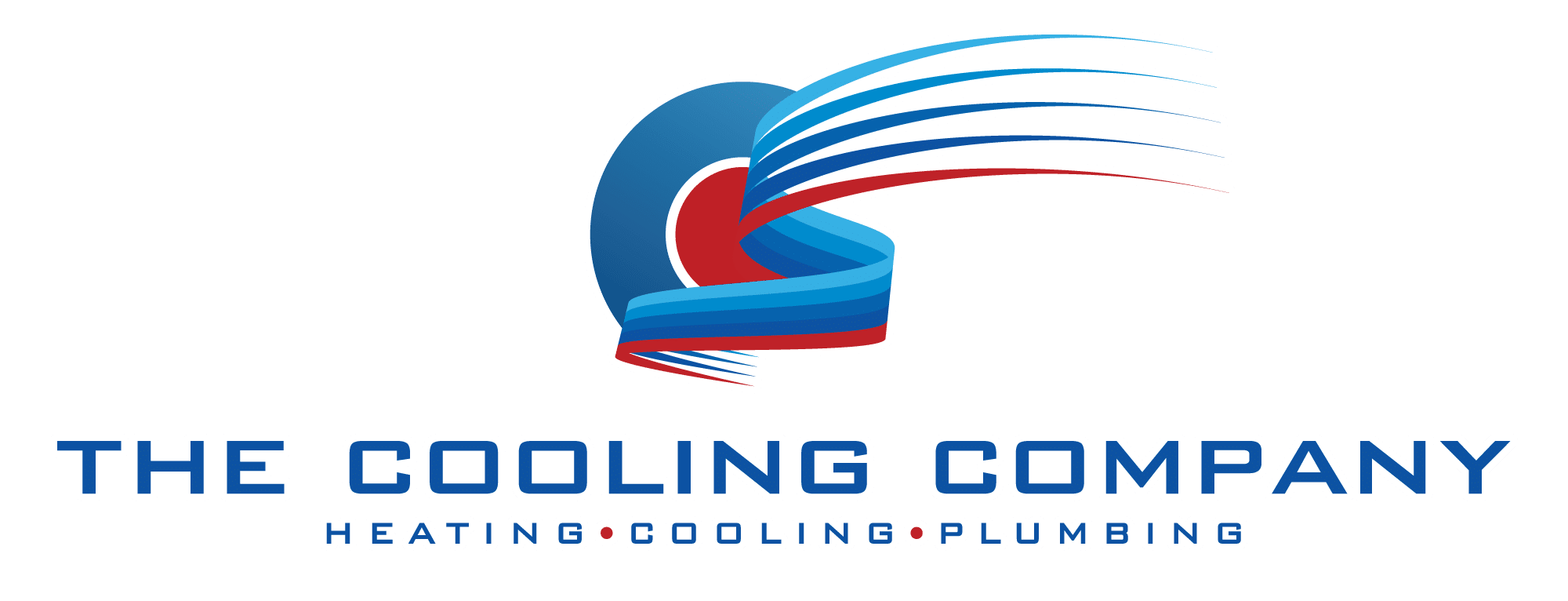Central air conditioning delivers comfort during Las Vegas’s scorching summers, but vintage residences often weren’t built with forced‑air in mind. Retrofitting an older home with a modern HVAC system demands careful planning, skilled installation, and realistic budgeting. In this guide, you’ll learn why historic properties require special attention, how to choose the right equipment, and what costs to expect—including ductwork, electrical upgrades, and contractor fees. By following these steps, you can transform your charming vintage home into an oasis of cool without compromising its character.
Why Older Homes Need Special Consideration
Older Las Vegas homes typically predate modern building standards, which affects every stage of a retrofit project. While new builds come with duct chases and robust electrical panels, historic properties often rely on radiant heat or wall heaters. Before you even pick a unit, you must assess foundational elements—existing heating systems, electrical capacity, and architectural features—to determine the scope of work and avoid costly surprises.
Legacy Heating Systems
Many older houses used steam or hot‑water radiators, baseboard heaters, or wall‑mounted electric units. These systems leave no space for air ducts, so installing a central air system means carving new channels through plaster, lath, or even masonry. Each new duct run requires careful demolition and finish repair, and any hidden wiring or plumbing discovered along the way adds labor and material costs.
Electrical Panel Limitations
Modern, energy‑efficient A/C units draw significant amperage—often more than older electrical panels can safely supply. Upgrading your circuit breaker box or adding dedicated A/C circuits is usually mandatory. Factor in the cost of a licensed electrician to reroute wiring, install subpanels, and guarantee your home meets current electrical codes without risking overloads or safety hazards.
Architectural and Finish Constraints
Vintage finishes—crown molding, built‑in cabinetry, decorative plasterwork—must be protected during installation. Contractors experienced in historic preservation can route ducts through closets, attics, or drop ceilings, then use flush‑mount registers painted to match existing trim. Protecting delicate surfaces requires drop cloths, zipper walls, and meticulous demolition, which extends labor hours and adds premium finish‑repair fees.
Choosing the Right HVAC System for Your Vintage Home
Not all HVAC setups work equally well in older structures. Your home’s layout, aesthetic priorities, and cooling needs will guide whether a packaged or split system makes sense—and how much capacity you actually require.
Package vs. Split Systems
Package systems combine condenser, compressor, and evaporator coils in a single outdoor unit, feeding air through ductwork into the home. They’re compact and keep mechanical components neatly outside. Split systems place the condenser outdoors and the evaporator indoors, connected by refrigerant lines. Split systems offer more flexibility for zoning and often achieve higher efficiencies but require two installation points and careful refrigerant handling. Still undecided between a rooftop package unit or a side‑yard split system? Compare installation, efficiency, cost, and aesthetics in our Packaged Unit vs. Split System guide.
System Sizing Essentials
Installing an under‑sized unit leads to nonstop operation and high energy bills; oversizing causes short‑cycling, humidity problems, and uneven comfort. A professional Manual J load calculation factors in square footage, ceiling heights, window areas, insulation levels, and Las Vegas’s extreme temperatures to pinpoint the correct tonnage. Although this calculation adds $200–$400 to your design fee, it prevents costly sizing mistakes and ensures optimal performance. For a clear guide on finding the perfect capacity, read our blog on what AC unit size is best for your home.
Efficiency Ratings and Long‑Term Savings
SEER (Seasonal Energy Efficiency Ratio) measures how effectively a unit converts electricity into cooling. In the desert climate, every SEER point counts: upgrading from SEER 14 to SEER 16 can slash annual cooling costs by 15–20%. Higher‑SEER units come with a $500–$1,500 premium but often qualify for utility rebates and federal tax credits—making them a savvy long‑term investment for heavy A/C users. Learn how those efficiency gains stack up—and which rebates apply—in our SEER Rating guide.
Planning and Budgeting Your Retrofit Project
A successful retrofit balances upfront costs against lasting benefits. Equipment, labor, ductwork, and permits all contribute to your final invoice. By understanding typical price ranges and money‑saving strategies, you can create a realistic budget and avoid unwelcome surprises.
Equipment and Materials Costs
Expect to spend $2,500–$5,000 for a mid‑efficiency (SEER 14–16) three‑ton system in an 1,800 sq ft home. High‑efficiency models (SEER 18–20+) carry an extra $500–$1,500 but deliver substantial energy savings over their 15–20 year lifespan. Include costs for indoor components (air handler or furnace coil), outdoor condenser, thermostat, and any line sets or mounting hardware required.
Ductwork and Installation Expenses
Adding or replacing ducts typically runs $35–$55 per linear foot for residential work, including labor and materials. A full retrofit in an older home often involves 30–90 linear feet of ducting, so budget $6,000–$12,000 for this phase. Factor in additional costs for ornate finish repairs—matching plaster or wood trim can add $50–$100 per hour in premium carpentry rates. For a detailed breakdown of equipment, labor, and permit fees in Las Vegas, see our HVAC System Cost guide.
Permits, Testing, and Professional Fees
Building permits, duct leakage tests, and final inspections usually total $300–$800, depending on local code requirements. Plumbing, electrical, and mechanical inspections guarantee safety and efficiency but can’t be skipped if you want a compliant installation covered by insurance. Plan for $200–$400 more for duct testing, and be sure your contractor’s bid includes these mandatory fees.
Money‑Saving Strategies
Even complex retrofit projects can be more affordable if you apply these proven tactics:
- Schedule Off‑Peak Installs
Booking spring or fall slots avoids summer premiums, unlocking 10–20% savings on labor and equipment. - Bundle with Other Upgrades
Combining HVAC, insulation, and electrical work under a single contract often qualifies you for package discounts. - Pursue Rebates & Tax Credits
Check NV Energy for rebates of up to $500–$1,000 on high‑SEER units; federal credits may cover 10% of equipment costs, up to $500. - Consider Partial Retrofits
If existing ducts are in sound condition, swapping only the outdoor condenser and indoor coil can cost 40–60% less than a full system replacement. - Obtain Multiple Quotes
Comparing at least three licensed contractor proposals ensures competitive pricing and comprehensive scope definitions.
For a full walkthrough of rebate programs, financing options, and upgrade strategies, see our Update HVAC System guide.
Ensuring Longevity Through Maintenance
Your retrofit is only as good as the upkeep that follows. Routine care maximizes comfort, lowers energy bills, and extends equipment life.
- Replace Filters Every 1–3 Months: Simple filter swaps protect coils and maintain airflow.
- Schedule Annual Tune‑Ups: Professional cleaning of coils, checking refrigerant levels, and inspecting controls catches small issues before they become big repairs.
- Seal & Insulate Ducts: Eliminating leaks and insulating exposed runs in attics can improve system efficiency by up to 20%.
- Monitor Utility Bills: Sudden spikes often signal performance problems that should be addressed promptly.
Summary & Recommendations
Retrofitting central air in an older Las Vegas home demands detailed planning, precise equipment selection, and contractors who understand historic structures. You can expect total costs between $13,000 and $24,000+ for an 1,800 sq ft residence—covering the new system, ductwork, skilled labor, and permits. By investing in accurate Manual J load calculations, opting for high‑SEER equipment, scheduling your installation during off‑peak seasons, and leveraging available rebates, you’ll modernize your vintage home affordably and efficiently.
Ready to turn these recommendations into action? For a complete, step‑by‑step walkthrough—from initial design and duct layout to final startup and maintenance—explore our comprehensive HVAC Installation Guide.



